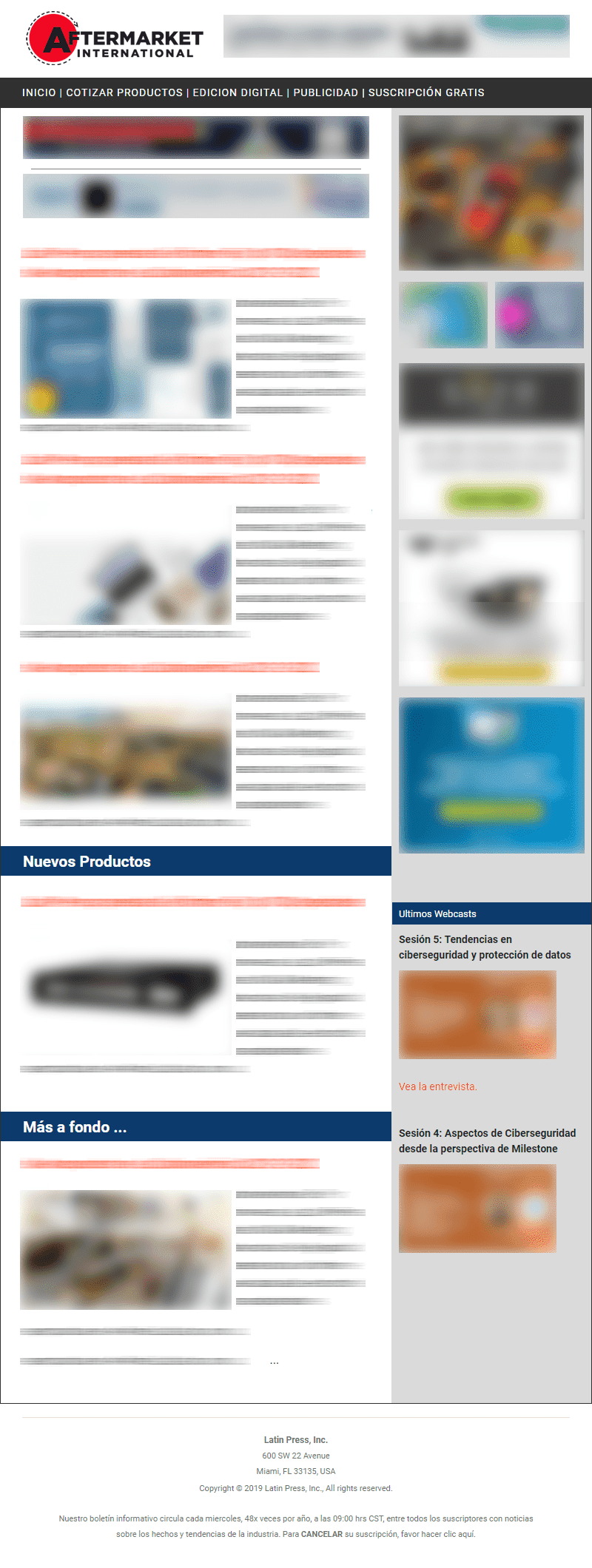International. A study by Fact.MR estimates that the global piston ring market will reach a value of 2.81 billion USD in 2024 and a growth of 4.8% CAGR is projected from 2024 to 2034.
Piston rings are essential components in vehicle engines, and their demand is constantly increasing due to the growth of the passenger and commercial vehicle market.
Manufacturers are focused on meeting the growing demand for efficient piston rings in the aftermarket, in a context of significant automotive production. Globally, governments are promoting the manufacture of hybrid vehicles through various initiatives, which also boosts the sales of piston rings in the aftermarket sector. The demand for cast iron piston rings is projected to increase, accounting for a larger market share in the next ten years.
Despite the growth in electric vehicle sales, the market share of gasoline and hybrid cars remains considerable, ensuring steady growth in the demand for piston rings.
Key Market Data:
- Sales in 2024: Aftermarket sales of piston rings are expected to reach $2.81 billion.
- Projection for 2034: It is estimated that the market will reach 4 billion dollars by the end of 2034.
- U.S. Market: Piston ring sales in the U.S. aftermarket will reach $581.1 million by 2024.
- China's share: China will account for 60% of the market share in East Asia by 2024.
- Sales in Japan: Sales of piston rings in Japan are projected to reach $258.4 billion in 2024.
- Growth in East Asia: The East Asia market is estimated to grow at a CAGR of 5.9% over the next decade.
"The increase in demand for piston rings in the aftermarket is driven by the development of the automotive industry and technological advancements. This leads to the formulation of spare parts solutions that comply with evolving engine designs and emissions regulations," comments an analyst at Fact.MR.
The global piston ring market is primarily driven by Europe and North America, against the backdrop of an extensive automotive fleet. Moreover, East Asia and South Asia are expected to account for a dominant market share, thanks to the expansion of the automotive industry in these regions.














